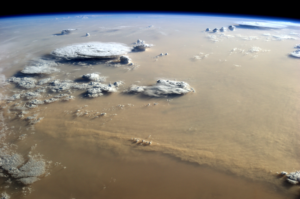María-Paz Zorzano is a Doctor in Physical Sciences, specialized in Theoretical Physics from the Complutense University of Madrid. Her area of research is planetary physics; she works in the Department of Planetology and Habitability of the Centro de Astrobiología. She completed her doctoral thesis at the DESY, a high-energy accelerator laboratory in Hamburg (Germany) and obtained a PhD in Physical Sciences in 1999. She later worked at the CERN particle accelerator in Geneva (Switzerland). She has been a research staff at the Astrobiology Center since 2001. María-Paz participates in the design and operation of instrumentation for the space exploration of Earth, Mars and the Moon, working with space agencies such as NASA, ESA, IKI / Roscosmos, in missions devoted to the exploration of Mars such as Curiosity and ExoMars. She is a member of the COSPAR Planetary Protection Panel (Committee for Space Research). Her research focuses on the role of the atmosphere in habitability, in the water cycle and in ultraviolet radiation.
WoS ResearcherID: F-2184-2015
| Key words | Habitability, planetary exploration, astrobiology, Mars, planetary protection, brines |







